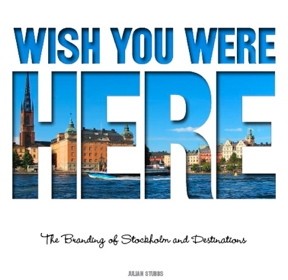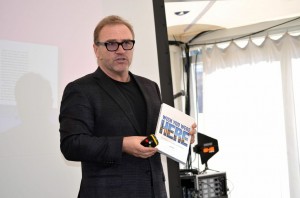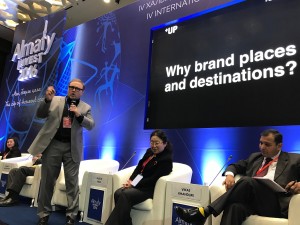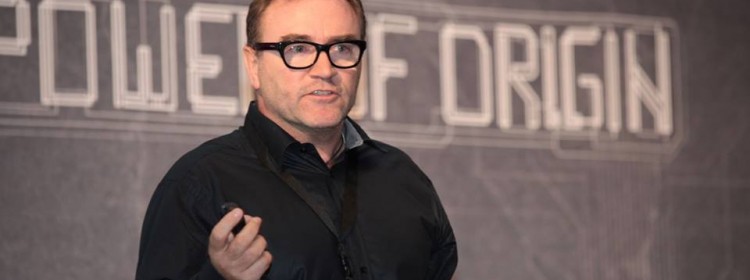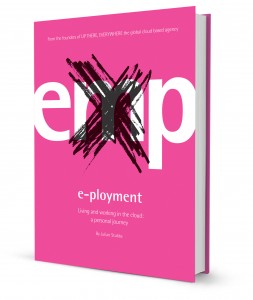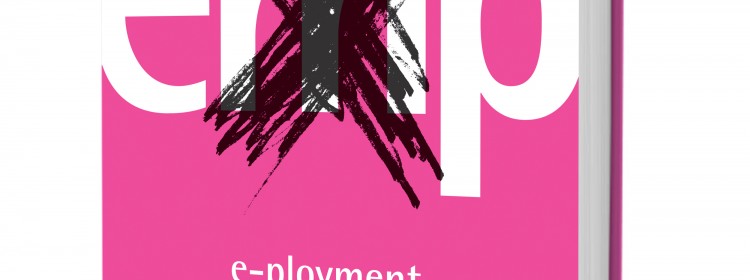How Do You Do It?
How do you create a great brand? Well, great brands get great by doing great things. Making brave decisions, sticking their necks out and importantly sticking to their principles.
In September 1962 the then un-known Beatles were desparately looking for their first number one hit. Their first single, Love me do, had failed to reach the top of the charts. The pressure was very much on them to produce a hit – and quickly.

Their producer, the great late Sir George Martin, offered them a song he had. It was called
How do you do it?. Martin promised them a sure fire number one hit record, and the fame, fortune and goodies that would follow.
What did the boys say? They turned him down. They turned him down on the grounds that the record just wasn’t right for them – it simply didn’t live up to the standards they were setting themselves.
How many brands given the same pressure to perform in the short term would really stick to their own principles and do the right thing for the longer term perspective?
It’s a key question and one that sets great brands apart.
As for
How do you do it? the song eventually became a number one hit in the UK – as predicted – but for another Liverpool band called Gerry & The Pacemakers.
The Beatles, well, they went on to rather greater things.
Listen to the Julian Stubbs Place Branding podcast here:
Liverpool Podcast
 Their producer, the great late Sir George Martin, offered them a song he had. It was called How do you do it?. Martin promised them a sure fire number one hit record, and the fame, fortune and goodies that would follow.
What did the boys say? They turned him down. They turned him down on the grounds that the record just wasn’t right for them – it simply didn’t live up to the standards they were setting themselves.
How many brands given the same pressure to perform in the short term would really stick to their own principles and do the right thing for the longer term perspective?
It’s a key question and one that sets great brands apart.
As for How do you do it? the song eventually became a number one hit in the UK – as predicted – but for another Liverpool band called Gerry & The Pacemakers.
The Beatles, well, they went on to rather greater things.
Their producer, the great late Sir George Martin, offered them a song he had. It was called How do you do it?. Martin promised them a sure fire number one hit record, and the fame, fortune and goodies that would follow.
What did the boys say? They turned him down. They turned him down on the grounds that the record just wasn’t right for them – it simply didn’t live up to the standards they were setting themselves.
How many brands given the same pressure to perform in the short term would really stick to their own principles and do the right thing for the longer term perspective?
It’s a key question and one that sets great brands apart.
As for How do you do it? the song eventually became a number one hit in the UK – as predicted – but for another Liverpool band called Gerry & The Pacemakers.
The Beatles, well, they went on to rather greater things.

